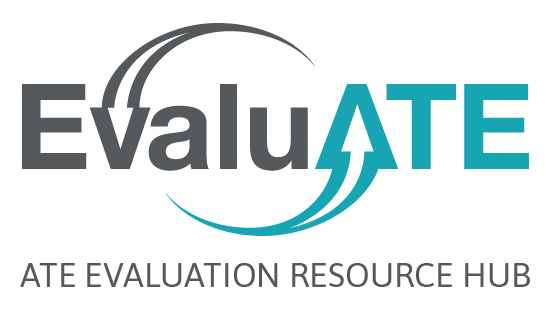
Growing up, I spent hours riding around in my parents’ car with the radio tuned to “Oldies 98,” pumping out the sweet sounds of Motown from The Four Tops, Supremes, Temptations, and countless others. Berry Gordy, the founder of Motown Records, famously repeated this motto to his recording artists: “Don’t bore us, get to the chorus.” Why? Because the chorus is the main point, the take-home message, the part that gets stuck in your head and compels you to find a way to hear that song again … whether that means a stream, a download, or (as in Mr. Gordy’s day) buying some vinyl. As an evaluator, here are ways I try to keep that motto in mind when analyzing data and translating findings into reports or presentations for clients.
- Nail the chorus first, but don’t neglect the verse. Consider what your “listeners” need to hear to guide their decision-making and get to it: Highlight a couple of key findings or pull out some quotes that especially set the vibe.
For a one-page interim report, the chorus alone might suffice. Of course, this doesn’t imply that the verses are unimportant or irrelevant.
In a full evaluation report, setting the stage is critical: Put the hook up front and follow with clear context, methods, and especially rationale. No one should walk away thinking “This program sounds great, but I really don’t know how we got here, or why we should care.” Be ever mindful of providing your audience both the information and the motivation they need quickly before they reach for the dreaded “skip” button.
2. Highlight both the harmony and the discord.
Sometimes you can pull a wall of data together into a short upbeat pop number: The means are flying high, the quotes so inspiring they bring a tear to your eye, all signs suggest that the project is “Walking on Sunshine” (and don’t it feel good?).
But… then come the times you’ve obsessively crunched the numbers, read and reread the transcripts, and kept coming back with the same downtempo, sullen song. Don’t let it become a dirge! Clear, quick communication of what is can give clients insight into the nature of the situation-and inspire action to improve things.
Getting to the chorus, be it harmonious or dissonant, can spur discussions about key program refinements or adjustments and, in turn, lead to a remix of evaluation plans and approaches.
- Pull together the ultimate playlist.
When it comes time to write an annual report or assemble a longer-form presentation, taking the “get to the chorus” approach should mean there’s no need to churn out all new material while being up against a deadline “in the studio.” Instead, try to think of these more comprehensive reporting products as playlists or compilations, pulling together individual tracks that have already been written into a cohesive whole.
Some of those tracks may be hit singles; others may be more “deep cuts.” Considering their intended use can help you decide where and when to “play” them. Ultimately, each is an important part of the final product for client and funding agency audiences to get the “full surround” program evaluation experience.
Additional Resources
Complementary advice and strategies can be found in Stephanie Evergreen’s post on storytelling structure for data, Ann Emery’s post “Four Warning Signs of a Dusty Shelf Report,” and EvaluATE’s One-Page Reports toolkit.

Except where noted, all content on this website is licensed under a Creative Commons Attribution-NonCommercial-ShareAlike 4.0 International License.





 EvaluATE is supported by the National Science Foundation under grant number 2332143. Any opinions, findings, and conclusions or recommendations expressed on this site are those of the authors and do not necessarily reflect the views of the National Science Foundation.
EvaluATE is supported by the National Science Foundation under grant number 2332143. Any opinions, findings, and conclusions or recommendations expressed on this site are those of the authors and do not necessarily reflect the views of the National Science Foundation.